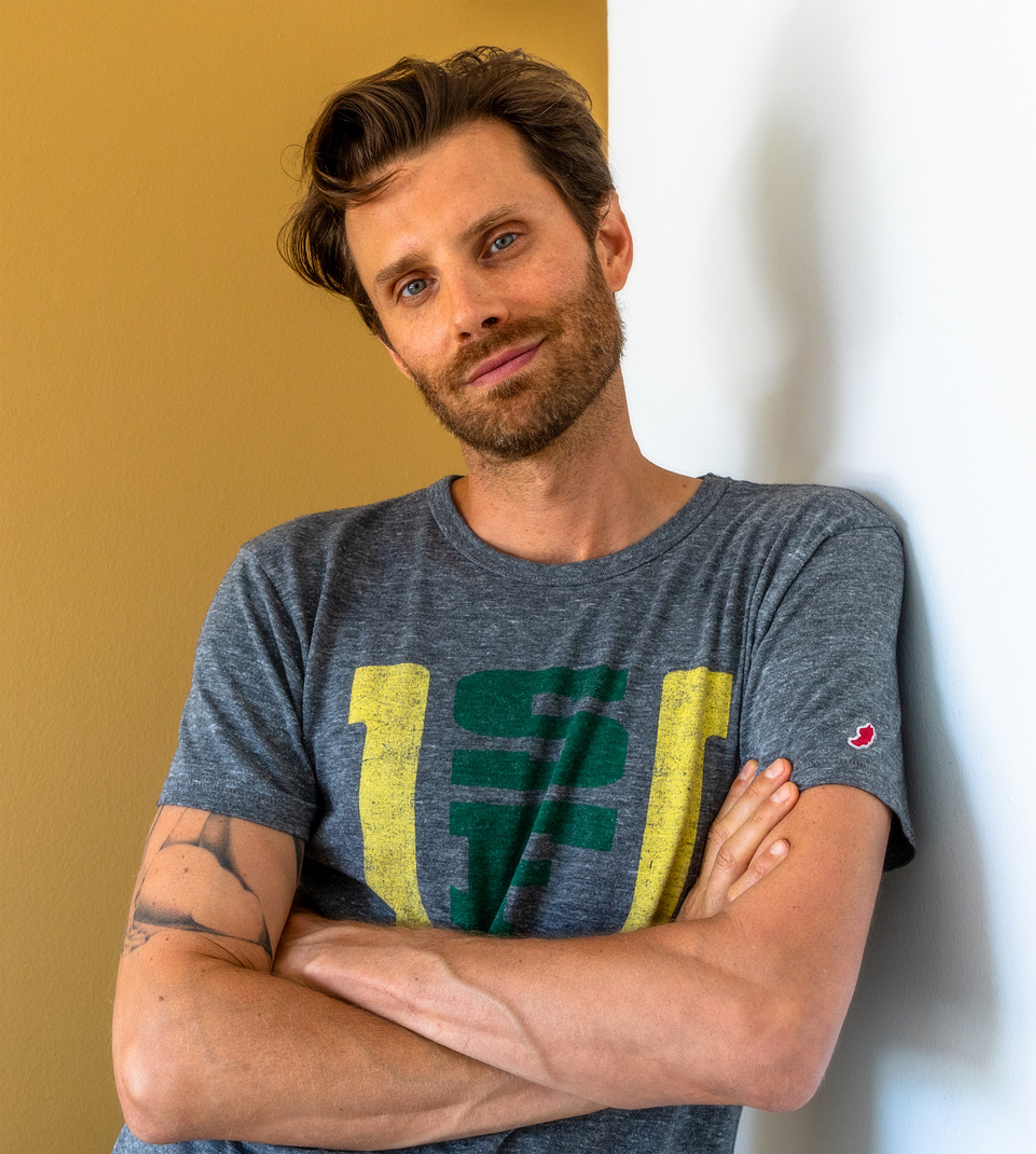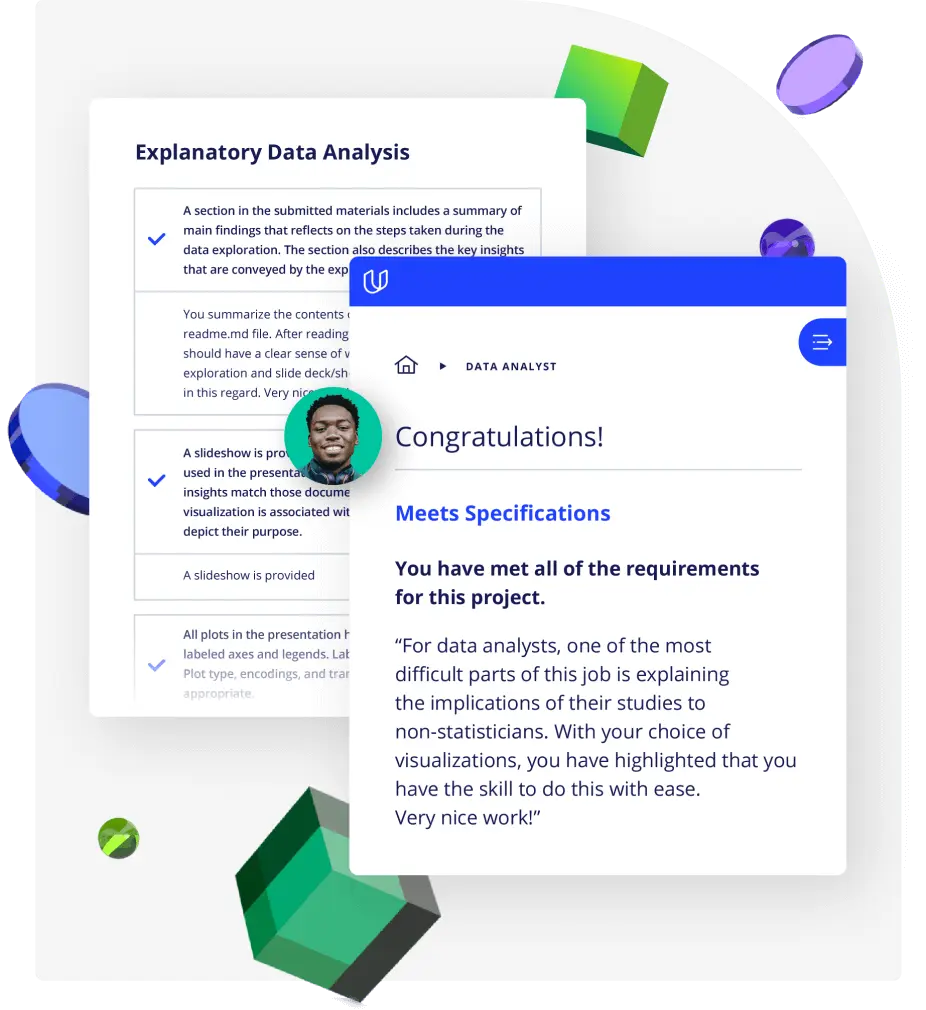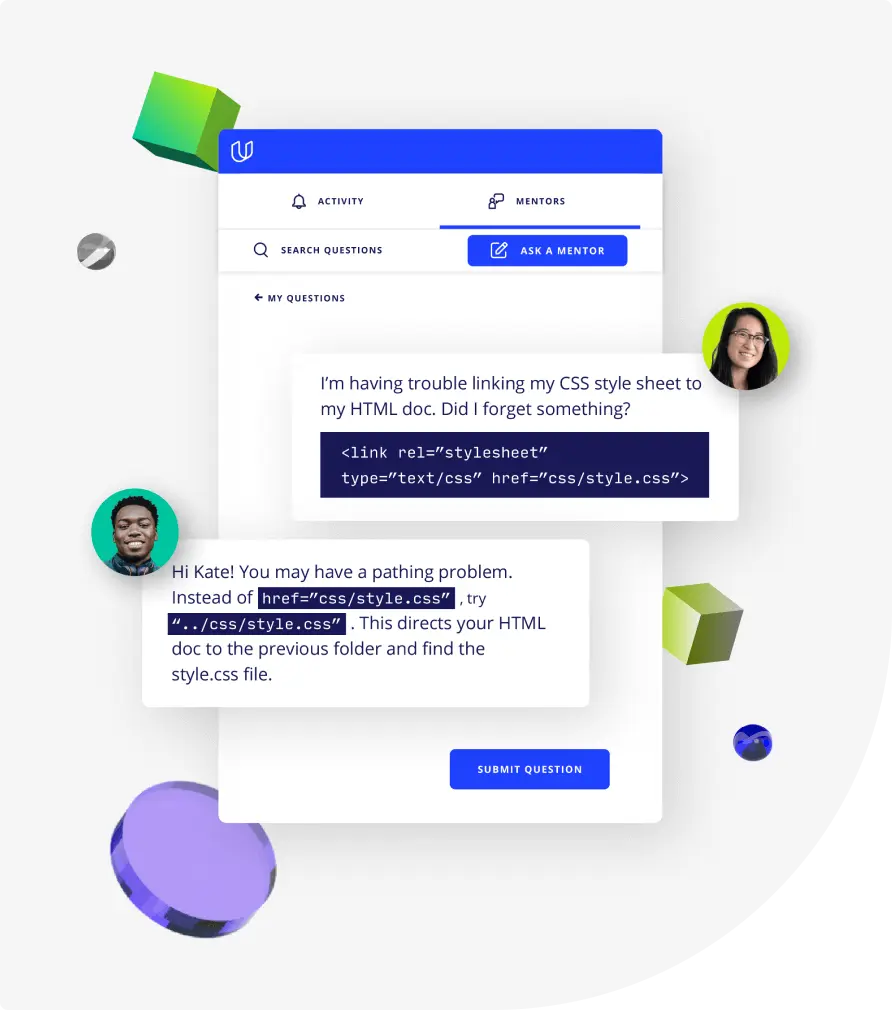Lesson 1
Introduction to Composition: Movement
In this lesson, we will explore how movement and rhythm create visual flow in compositions. We will also manipulate elements to guide eye movement and experiment with Canva's animation tools.

Course
This course focuses on movement and rhythm in compositions, utilizing repetition and rhythm to establish visual flow. By manipulating elements and utilizing Canva's animation tools, we can guide the viewer's eye movement. Visual hierarchy and emphasis are explored, examining their historical use in advertisements and understanding the order of importance in emphasizing focal points. Points of entry and design briefs are analyzed to enhance understanding. Achieving unity in compositions is also covered, including the concept of unity and various approaches to achieve it. The relation between Gestalt groupings and unity is explored, along with an analysis of a design brief.
This course focuses on movement and rhythm in compositions, utilizing repetition and rhythm to establish visual flow. By manipulating elements and utilizing Canva's animation tools, we can guide the viewer's eye movement. Visual hierarchy and emphasis are explored, examining their historical use in advertisements and understanding the order of importance in emphasizing focal points. Points of entry and design briefs are analyzed to enhance understanding. Achieving unity in compositions is also covered, including the concept of unity and various approaches to achieve it. The relation between Gestalt groupings and unity is explored, along with an analysis of a design brief.
Beginner
6 hours
Completion Certificate
Last Updated January 3, 2024
No experience required
Lesson 1
In this lesson, we will explore how movement and rhythm create visual flow in compositions. We will also manipulate elements to guide eye movement and experiment with Canva's animation tools.
Lesson 2
We explore visual hierarchy and emphasis in design and historical uses in advertisements. We look at the order of importance in emphasis and focal points, analyze points of entry and design briefs.
Lesson 3
We look at achieving unity in compositions: understanding its concept and various approaches. Exploring Gestalt groupings' relation to unity. Analyzing a design brief.

Visual Communications Professor at California State University San Francisco
Joshua Wilder Oakley is currently a Visual Communications Professor at California State University San Francisco and has also taught at the University of San Francisco. His teaching philosophy mirrors his design philosophy - make the world a better place through good design and visual problem solving. In addition to teaching, Oakley is also a Freelance Graphic Designer and Photographer.
Combine technology training for employees with industry experts, mentors, and projects, for critical thinking that pushes innovation. Our proven upskilling system goes after success—relentlessly.

Demonstrate proficiency with practical projects
Projects are based on real-world scenarios and challenges, allowing you to apply the skills you learn to practical situations, while giving you real hands-on experience.
Gain proven experience
Retain knowledge longer
Apply new skills immediately

Top-tier services to ensure learner success
Reviewers provide timely and constructive feedback on your project submissions, highlighting areas of improvement and offering practical tips to enhance your work.
Get help from subject matter experts
Learn industry best practices
Gain valuable insights and improve your skills

Unlimited access to our top-rated courses
Real-world projects
Personalized project reviews
Program certificates
Proven career outcomes
Full Catalog Access
One subscription opens up this course and our entire catalog of projects and skills.
Average time to complete a Nanodegree program
8 hours
, Beginner
4 weeks
, Beginner
8 hours
, Beginner
4 weeks
, Beginner
9 hours
, Fluency
8 hours
, Beginner
4 weeks
, Beginner
6 hours
, Beginner
8 hours
, Beginner
8 hours
, Beginner
7 hours
, Beginner
4 weeks
, Beginner
8 hours
, Beginner
4 weeks
, Beginner
10 hours
, Beginner
11 hours
, Beginner

Composition
8 hours
, Beginner
4 weeks
, Beginner
8 hours
, Beginner
4 weeks
, Beginner
9 hours
, Fluency
8 hours
, Beginner
4 weeks
, Beginner
6 hours
, Beginner
8 hours
, Beginner
8 hours
, Beginner
7 hours
, Beginner
4 weeks
, Beginner
8 hours
, Beginner
4 weeks
, Beginner
10 hours
, Beginner
11 hours
, Beginner